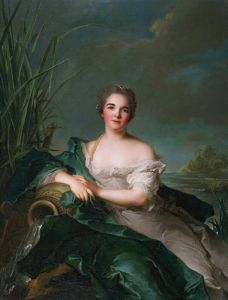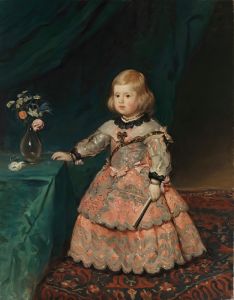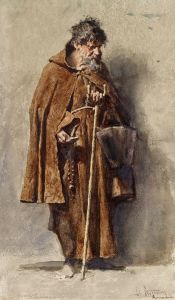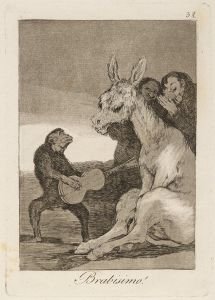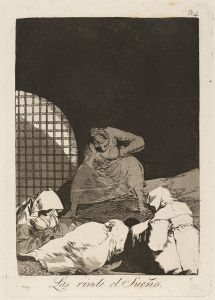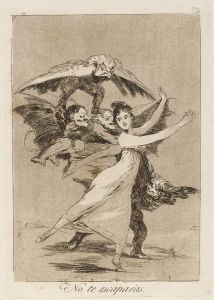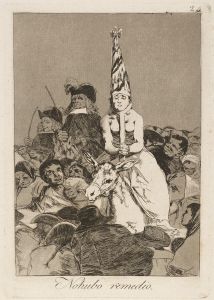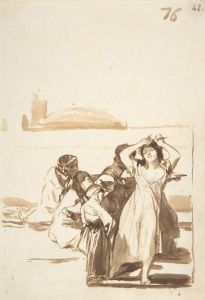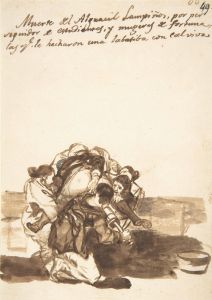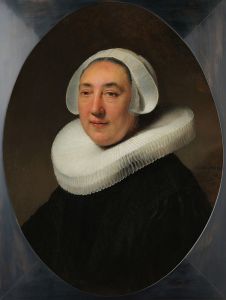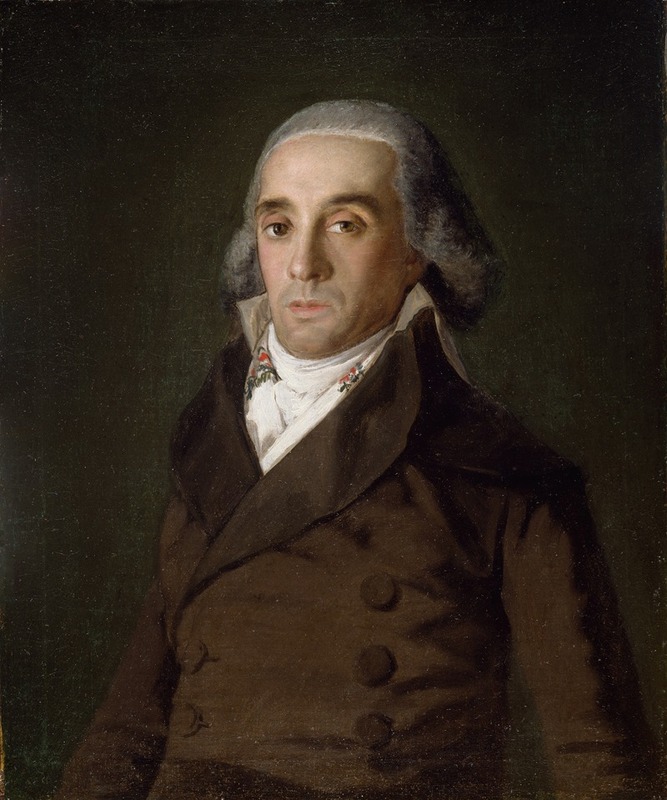
El Conde del Tajo
A hand-painted replica of Francisco de Goya’s masterpiece El Conde del Tajo, meticulously crafted by professional artists to capture the true essence of the original. Each piece is created with museum-quality canvas and rare mineral pigments, carefully painted by experienced artists with delicate brushstrokes and rich, layered colors to perfectly recreate the texture of the original artwork. Unlike machine-printed reproductions, this hand-painted version brings the painting to life, infused with the artist’s emotions and skill in every stroke. Whether for personal collection or home decoration, it instantly elevates the artistic atmosphere of any space.
Francisco de Goya, one of Spain's most renowned painters, is celebrated for his profound impact on the art world during the late 18th and early 19th centuries. Among his extensive body of work, "El Conde del Tajo" is a notable painting that exemplifies his skill in portraiture. However, there is limited information available specifically about this painting, as it is not one of Goya's most extensively documented works.
Goya was born in 1746 in Fuendetodos, Spain, and he became a prominent figure in the Spanish art scene, eventually serving as the court painter to the Spanish Crown. His works are characterized by their emotional depth, innovative use of light and shadow, and a keen observation of human nature. Throughout his career, Goya produced a wide range of works, including portraits, religious subjects, and scenes of everyday life, as well as more somber and introspective pieces that reflect the tumultuous times he lived through.
"El Conde del Tajo" is a portrait, a genre in which Goya excelled. His portraits are known for their psychological insight and ability to capture the essence of the sitter. While specific details about the subject of "El Conde del Tajo" are scarce, it is likely that the painting depicts a member of the Spanish nobility, as suggested by the title, which translates to "The Count of Tajo." The Tajo, or Tagus, is the longest river in the Iberian Peninsula, and the title may indicate a noble title associated with the region.
Goya's portraits often feature a direct gaze and a realistic representation of the sitter, eschewing the idealization common in earlier portraiture. This approach allows the viewer to engage with the subject on a more personal level, revealing both the status and the character of the individual. Goya's ability to convey the personality and mood of his subjects is a hallmark of his portraiture.
The painting would have been created during a period when Goya was at the height of his career, possibly in the late 18th or early 19th century. During this time, Goya was experimenting with different techniques and styles, influenced by the Enlightenment and the political upheavals of his era. His work often reflects the tension between tradition and modernity, as well as the social and political changes occurring in Spain.
Unfortunately, without more specific documentation or scholarly research focused on "El Conde del Tajo," it is challenging to provide a detailed analysis of the painting's composition, style, or historical context. Goya's oeuvre is vast, and while some of his works are extensively studied and documented, others remain less explored in art historical literature.
In conclusion, while "El Conde del Tajo" is a testament to Francisco de Goya's skill as a portraitist, the lack of detailed information about this specific work limits our understanding of its significance within his body of work. Goya's legacy, however, remains influential, and his portraits continue to be celebrated for their depth and realism.







